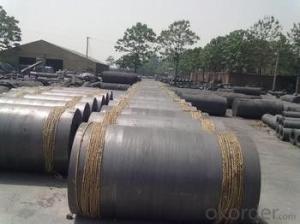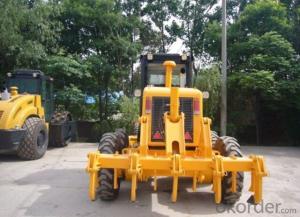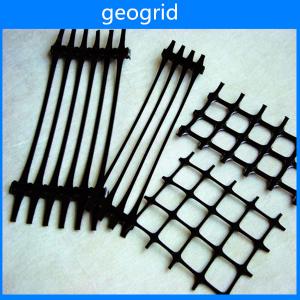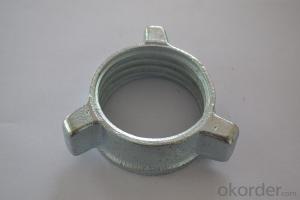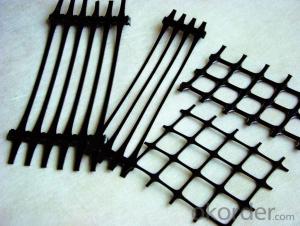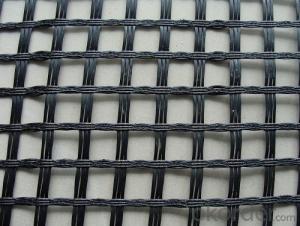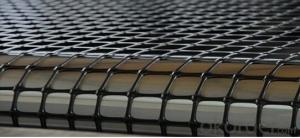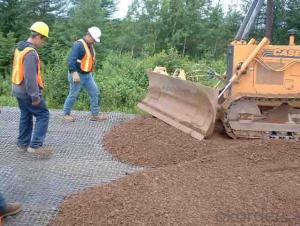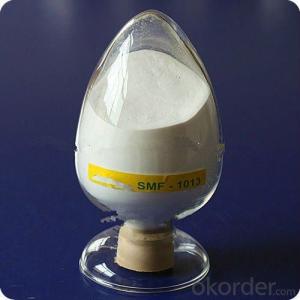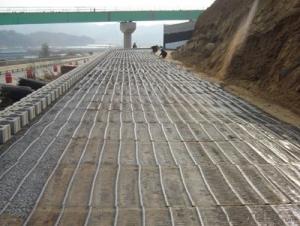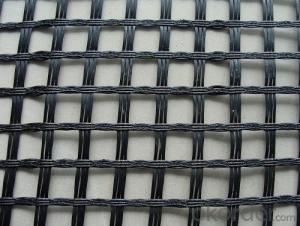Sbx 11 Geogrid
Sbx 11 Geogrid Related Searches
Fridge With Freezer On Bottom Driveway Pillars With Lights Blu Ray Player With Recorder Blu Ray Player With Internet Geogrid In Retaining Walls 1708 Biaxial Fiberglass Tape Pullout Resistance Of Geogrid Geogrid Warp Knitting Machine Srw 3 Series Geogrid Biaxial Plastic GeogridHot Searches
Fiberglass Scaffolding For Sale Fiberglass Panels For Sale Fiberglass Greenhouses For Sale Geogrid Fabric For Sale Gas Powered Core Aerator For Sale Revolution 4 Propeller For Sale Alabaster Carving Stone For Sale Geogrid For Sale Near Me Tensar Geogrid For Sale Geogrid For Sale Ex Display Log Cabins For Sale Photoelectric Cells For Sale Athletic Lockers For Sale Cubicle Partitions For Sale Stearman Propeller For Sale Palram Greenhouses For Sale Gumbo Bowls For Sale Suzuki Propellers For Sale Freight Crates For Sale Outhouse Sheds For SaleSbx 11 Geogrid Supplier & Manufacturer from China
Okorder.com is a professional Sbx 11 Geogrid supplier & manufacturer, offers integrated one-stop services including real-time quoting and online cargo tracking. We are funded by CNBM Group, a Fortune 500 enterprise and the largest Sbx 11 Geogrid firm in China.Hot Products
FAQ
- Yes, geogrids can be used in railway construction. Geogrids are commonly used to improve the stability and strength of railway substructures, such as embankments and subgrades. They help distribute load and reduce lateral movement, improving overall performance and longevity of the railway infrastructure.
- Geocell of earthwork grid construction method
- Engineering application of geocell1, deal with half fill roadbedOn the ground of natural slope in 1:5 acts on the slope of embankment, embankment should be dug in steps, step width not less than 1M when the stage of building or rebuilding highway widening, convergence of old and new subgrade embankment slope, excavation step should be of high grade highway, the step width is 2M, the laying of geocell in each layer step on a horizontal plane, using geocell own facade side limit reinforcement effect, the problem of uneven subsidence of a better solution.2, sandy area roadbedSandy area on the low embankment subgrade, filling height is generally not less than 0.3M. due to the Low Subgrade Construction of sandy area and heavy bearing professional requirements, the geocell can play on the loose packing lateral confinement effect, with high stiffness and strength in the limited height of subgrade protection, to load large vehicle stress.3, the back embankment fillThe geocell reinforced abutment can achieve the purpose of better, geocell and fillers can generate enough friction, effectively reduce the roadbed and structures between uneven settlement, can effectively alleviate the "final abutment jump" disease of the early impact damage of bridge deck.
- Yes, geogrids are suitable for reinforcing steep slopes. Geogrids are commonly used in slope stabilization and reinforcement applications due to their high tensile strength and stability. They can effectively distribute and transfer the load of the soil, reducing erosion and preventing slope failures.
- GDZ150 type one-way steel plastic welding geogrid D in the construction of the roadbed is horizontal paving also vertical spread?
- Of course it is perpendicular to the direction of the route
- Yes, geogrids are suitable for use in soil reinforcement for bridge abutments. Geogrids provide strength and stability to the soil, reducing settlement and improving load-bearing capacity. They also help to prevent soil erosion and promote long-term stability of the bridge abutments.
- Urgent need!!
- (1) due to the existence of joints and cracks, the old cement concrete pavement as the base of the overall strength is reduced, and under the action of external forces, the asphalt overlay in the three-dimensional stress state. The vehicle passing adiscontinuous board, because the joints and cracks on both sides of the adjacent plate reflecting cracks of vertical displacement difference, asphalt overlay in the corresponding position of the larger shear stress, the shear stress is the main reason of asphalt pavement reflection cracks produced. Usually referred to as the load type reflective crack.(2) due to the exposure of the pavement in the atmosphere, the asphalt overlay and the old cement concrete face have the shrinkage and the temperature stress. Because of the Old Cement Concrete Pavement Stress in the joints is not continuous, so the asphalt overlay and bear it and the old pavement caused by temperature stress, especially under low temperature in winter, the asphalt overlay at the seams, cracks, because of excessive tensile stress and cracking formation temperature reflection crack.The mechanism of 3 glass fiber grid to restrain reflection crackThe glass fiber grid has the advantages of high tensile strength, low elongation and no creep
- Manufacturers to quote the price.
- Geogrid is a kind of main geosynthetics, which has unique properties and effects compared with other geosynthetics. Geogrid is often used as reinforcement of reinforced soil structure or composite material. Geogrid is divided into four categories: plastic geogrid, steel plastic geogrid, fiberglass geogrid and fiberglass polyester geogrid.
- Geogrids improve the performance of reinforced soil walls by providing tensile strength and stability to the soil structure. They act as a reinforcement material, distributing the applied loads and preventing soil movement and potential failure. The geogrids interlock with the surrounding soil, increasing its resistance to lateral forces and improving overall stability and durability of the reinforced soil wall.

















